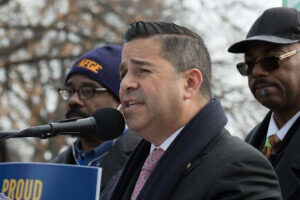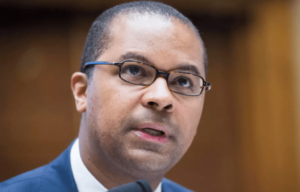
Lewis County, Washington and the Lewis County Public Utility District are making progress with their plan to deploy an open access fiber network that should dramatically boost broadband competition—and lower prices—county wide by 2026.
In November 2019, Lewis County PUD received a $50,000 grant from the Community Economic Revitalization Board to study the county’s broadband shortcomings and determine whether taking direct action to address them made sense. In early 2020, the PUD formed the Lewis County Broadband Action Team to further study community needs.
Those inquiries found what most U.S. communities know too well: concentrated monopolization had left county residents overpaying for substandard, expensive, and spotty broadband access unsuitable for modern living.

In response, the Lewis County PUD announced in 2021 it would be building an 134-mile-long fiber backbone and open access fiber network for around $104 million. Around $23.5 million of that total will be paid for by a recently awarded grant by the Washington State Department of Commerce, itself made possible by the American Rescue Plan Act.

In December of 2021, Lewis County PUD public affairs manager Willie Painter was a guest on our Community Broadband Bits podcast in which he discussed the PUD’s vision of deploying fiber across the county’s 2,450 square miles, which is home to about 75,000 Washingtonians, or about 30,000 households. Painter noted then how the PUD’s “shovel ready designs and estimates” is what “empowered our utility to be very competitive in going after state and federal grant dollars to help fund these construction deployments.”
The latest development to have emerged since we last reported on Lewis County PUD, is who the PUD selected as a partner to build the network. The network will be built as part of a 25-year public-private partnership with ToledoTel. While ToledoTel will install, supply and maintain a new fiber optic network connecting more than 2,300 homes and businesses in the Winlock area, Lewis County will ultimately own the final build.

ToledoTel is currently in the engineering and design phase of the project, and has stated it will provide an additional $2.35 million in matching funds for the project, which is slated to be finished before 2026.
Details of the arrangement were finalized in January, and county leaders state that ToledoTel will have exclusive access to the infrastructure for up to three years. After that, ToledoTel will be required to open the network to competitors at a wholesale rate, boosting competition and driving down costs in a residential broadband market largely dominated by Comcast.

Photo of Lewis County PUD building courtesy of Wikimedia Commons.
“There’s the convenience, there’s business purposes; all those are really vital and becoming more and more a part of everyday life, and we want to provide those services to everyone in Lewis County that we can,” Lewis County Manager Erik Martin told The Chronicle. “This project is really the beginning, in terms of getting service out to folks, and we want to focus on getting broadband out to all rural areas and all residents of Lewis County.”
A 2021 survey by the WA Department of Commerce found that 64 percent of state households reported download speeds slower than the base FCC definition of broadband, currently a paltry 25 megabit per second (Mbps) downstream, 3 Mbps upstream. The state is currently considering raising the base definition of broadband to 100 Mbps downstream, 20 Mbps upstream.
A local survey by Lewis County PUD found that more than 77 percent of survey respondents had broadband speeds well below the acceptable federal definition of broadband, despite nearly 98 percent of county survey participants considering broadband access an essential utility.
Lewis County is one of many PUDs in Washington State taking full advantage of a flood of new grants — and recently-eliminated Washington State restrictions on community broadband — to belatedly expand access to affordable fiber across the state.
This article by Karl Bode originally appeared on the Institute for Local Self Reliance’s Community Broadband Networks project on March 13, 2023, and is reprinted with permission.




